How SPS Machines Are Shaping the Future of Advanced and Nanomaterials
The ability to produce high-performance components quickly and with precision is critical. That’s where Spark Plasma Sintering (SPS) machines come into play. Also known as Field-Assisted Sintering Technology (FAST) or Pulsed Electric Current Sintering (PECS), SPS machines are revolutionizing the way powdered materials are transformed into solid, high-density parts. From aerospace to biomedical implants to nanotechnology, the capabilities of SPS are reshaping modern engineering.
What Is an SPS Machine?
An SPS machine is a highly specialized piece of equipment designed to sinter powders—typically metals, ceramics, or composites—into dense, solid materials. It achieves this by applying uniaxial pressure and high-frequency pulsed electric current directly to the powder, generating heat through Joule heating and creating a plasma effect that rapidly fuses particles together.
The sintering process occurs at lower temperatures and in significantly shorter timeframes compared to traditional sintering methods. Components are often consolidated within 5 to 30 minutes, versus hours for conventional furnaces. The entire process typically takes place in a vacuum or inert atmosphere, preserving the purity of the material.
How Does It Work?
- Powdered material is loaded into a graphite die.
- The die is placed inside the SPS chamber.
- A pulsed DC current is applied, generating internal heat.
- Simultaneously, uniaxial pressure is exerted on the powder.
- The heat and pressure cause rapid densification of the material into a near-net-shape solid part.
Advantages of SPS Technology
- Rapid Processing: Sintering takes minutes, not hours.
- Lower Temperatures: Minimizes grain growth and energy usage.
- Microstructure Control: Ideal for retaining fine structures, including nanomaterials.
- Near-Net Shaping: Reduces waste and machining requirements.
- Material Versatility: Effective for metals, ceramics, composites, and even difficult-to-process materials.
What Are SPS Machines Used For?
SPS technology supports a wide variety of industries, each benefiting from its speed, precision, and versatility. Here’s how SPS is used across sectors:
1. Research & Development
- Common in universities and national labs
- Enables the testing and creation of new material combinations
- Supports exploration of nanostructured and metastable materials
2. Powder Metallurgy & High-Performance Components
- Used for sintering hard metals (e.g., tungsten carbide, molybdenum)
- Produces parts for cutting tools, engine components, and molds
- Common in aerospace, automotive, and heavy industries
3. Biomedical Applications
- Produces bio-compatible implants (e.g., dental implants, bone scaffolds)
- Materials like titanium, zirconia, and hydroxyapatite are popular
- Helps create dense parts with minimal contamination
4. Advanced Ceramics & Electronics
- Sintering of electroceramics, piezoelectrics, and solid oxide fuel cell components
- Ideal for thermal barrier coatings, substrates, and heat-dissipating parts
5. Aerospace & Defense
- Manufactures lightweight, heat-resistant components
- Applications include armor plating, turbine blades, and heat shields
- Favored for high strength-to-weight ratios
6. Energy Sector
- Used for thermoelectric materials (e.g., bismuth telluride)
- Supports battery development, fuel cell production, and solar technology
- Enables higher efficiency and innovative energy storage solutions
7. Nanotechnology Applications
One of the most significant advantages of SPS lies in its ability to preserve nanoscale features during sintering. Traditional sintering techniques often result in grain growth, which can diminish the unique properties of nanomaterials. SPS, however, sinters powders at lower temperatures and faster speeds, which helps retain the nanostructure and surface area of the original material.
Nanotechnology-related uses include:
- Nanostructured ceramics and composites with superior strength and toughness
- Functional nanomaterials for electronics, catalysis, and photonics
- Magnetic and thermoelectric nanomaterials with enhanced properties
- Creation of functionally graded nanomaterials for next-gen devices
This ability to control and maintain nanoscale features makes SPS indispensable in the fabrication of materials with tailored electrical, thermal, and mechanical behaviors—paving the way for innovations in microelectronics, sensors, batteries, and more.
Who Uses SPS Machines?
- Academic and Government Labs: For prototyping and materials discovery
- Aerospace and Defense Contractors: For precision-critical, high-performance parts
- Biomedical Companies: To produce patient-specific implants
- Advanced Ceramics and Tooling Manufacturers: For ultra-hard, wear-resistant products
- Nanotechnology Researchers and Startups: For developing next-gen materials and components
Final Thoughts
Spark Plasma Sintering machines represent the cutting edge of modern manufacturing, providing unmatched speed, control, and versatility. Whether you’re producing ultra-hard tools, high-purity biomedical implants, or next-generation nanomaterials, SPS offers a powerful solution that meets the demands of both innovation and efficiency.
As industries continue to seek lightweight, strong, heat-resistant, and nanoscale-optimized materials, SPS technology is poised to play a central role in shaping the future of advanced manufacturing and nanotechnology.
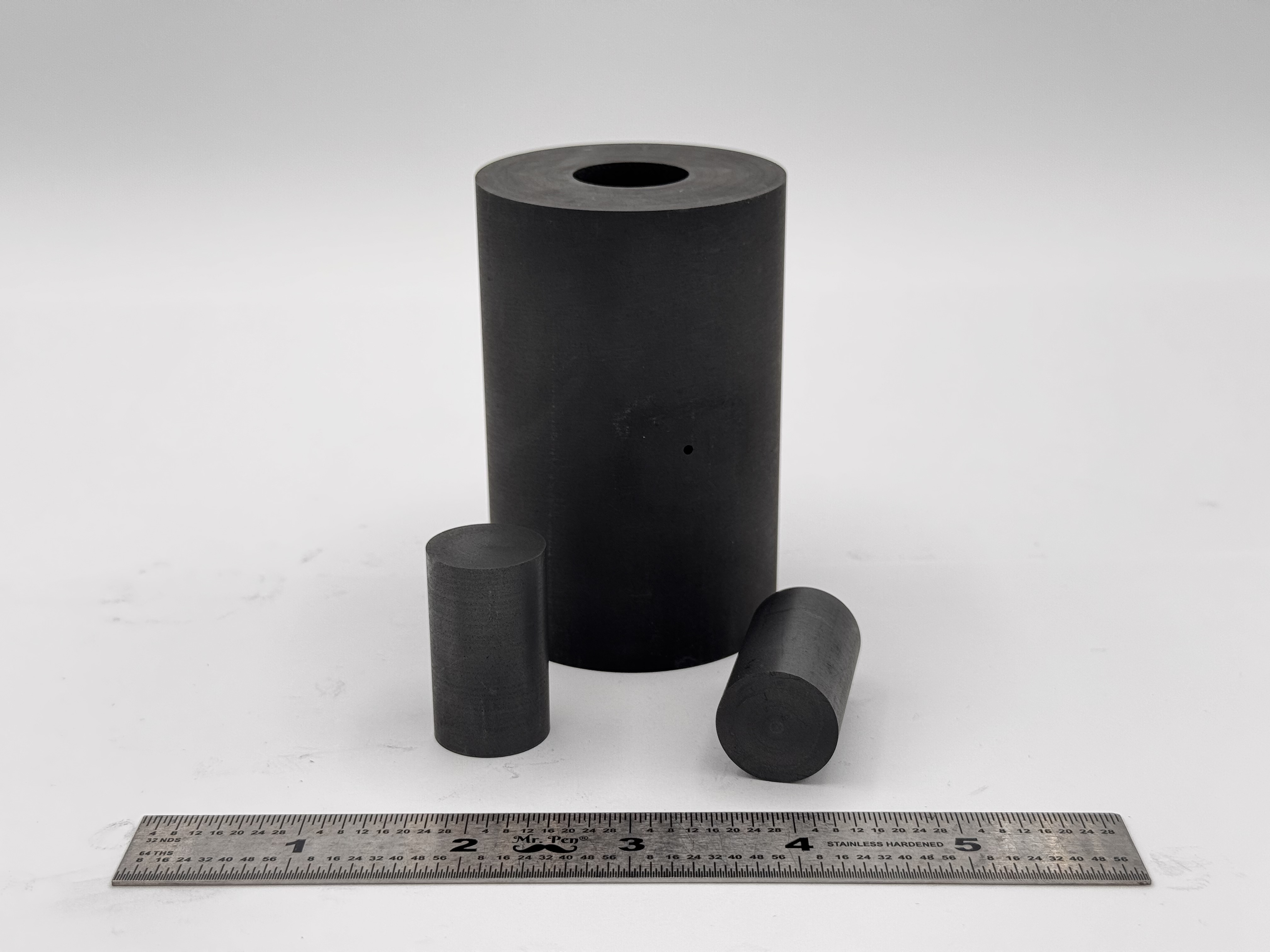 High Strength SPS Graphite Tooling
High Strength SPS Graphite Tooling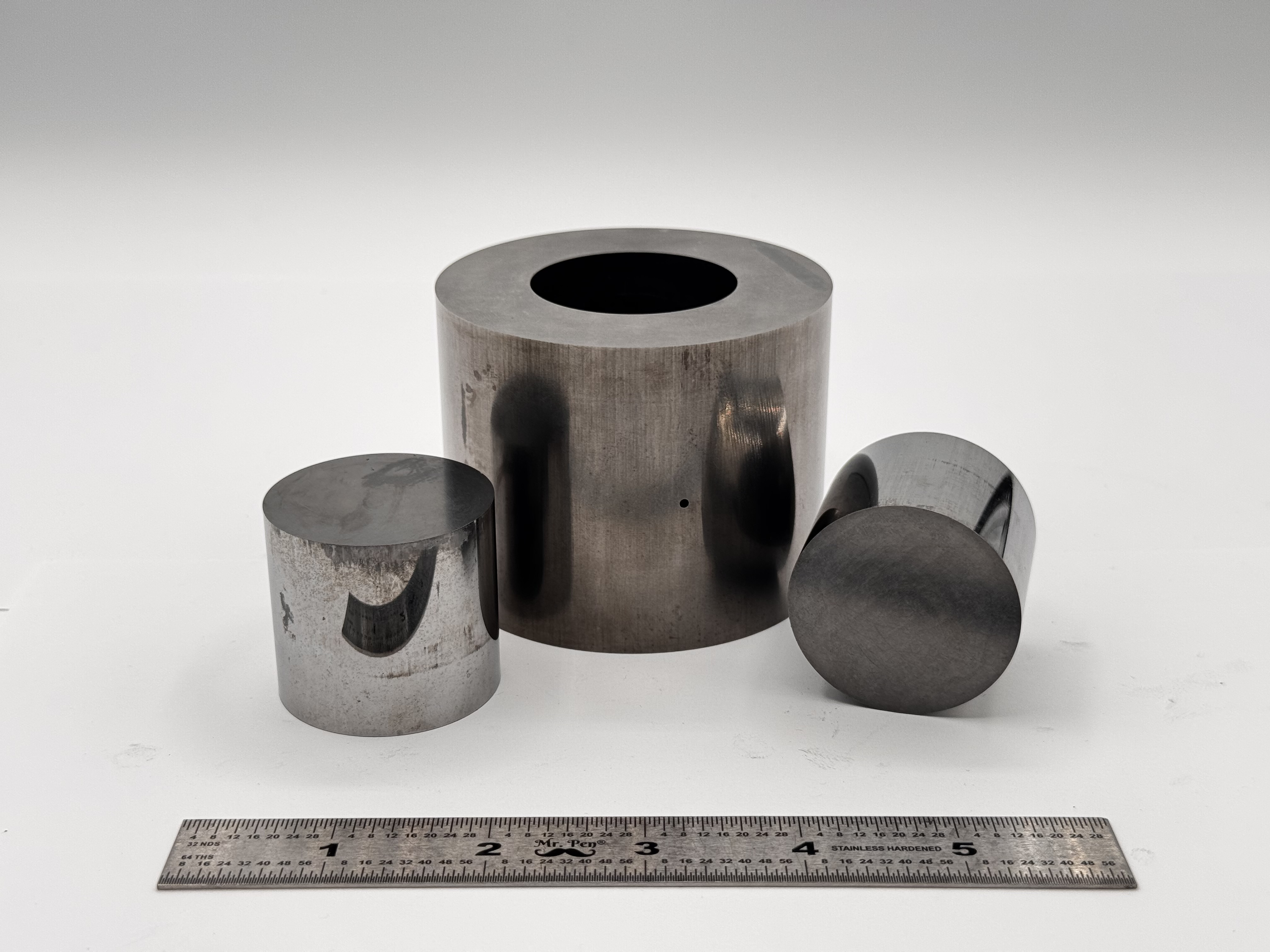 Tungsten Carbide Tooling
Tungsten Carbide Tooling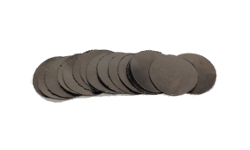 Carbon Graphite Foil / Paper
Carbon Graphite Foil / Paper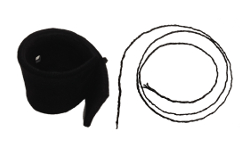 Carbon Felt and Yarn
Carbon Felt and Yarn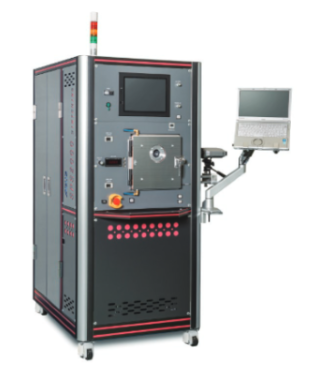 Spark Plasma Sintering Systems
Spark Plasma Sintering Systems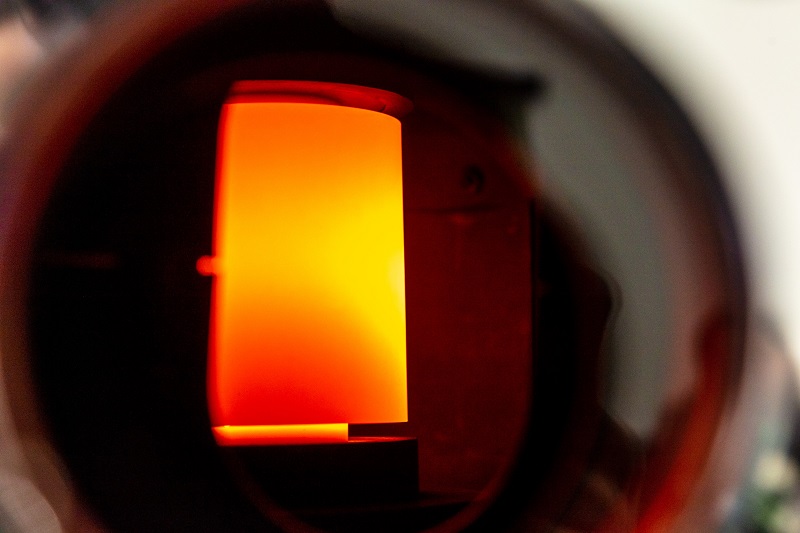 SPS/FAST Modeling Software
SPS/FAST Modeling Software